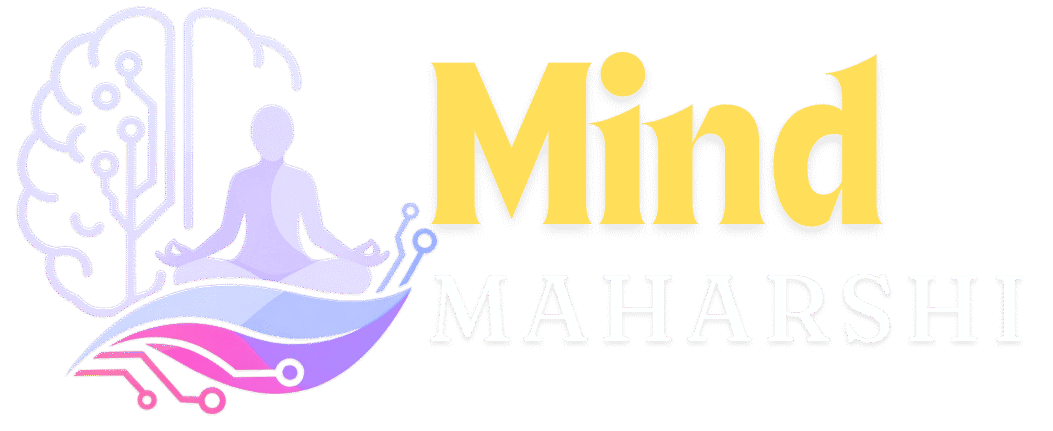Recognize Burnout
In our hyper-connected world, burnout has turned into a silent epidemic. The constant pressure to hit deadlines, be on call around the clock, and keep up high performance can gradually erode both your mental and physical health. What makes burnout particularly insidious is that it doesn’t strike all at once—it sneaks up on you. That’s why it’s so important to identify the signs of burnout early and take action before it starts to take a toll on your well-being. Let’s dive into how to recognize those early warning signs, manage stress effectively, and bounce back with practical, research-backed strategies.
What is Burnout?
Burnout is that overwhelming state of chronic physical and emotional exhaustion that often creeps in after dealing with prolonged stress, particularly in work settings. The World Health Organization (WHO) describes it as being marked by:
- A sense of energy depletion or exhaustion
- A growing mental distance from your job
- A decline in professional effectiveness
💡 Just a heads up: Burnout isn’t simply about feeling tired. It’s a much deeper and more damaging kind of fatigue that can seriously affect your mood, performance, and overall health.
Early Warning Signs: How to Recognize Burnout
Catching burnout early can make a world of difference in preventing it from spiraling out of control. Here are some early warning signs to keep an eye on:
| Type | Symptoms |
| Emotional | Feeling anxious, mood swings, irritability, a sense of helplessness |
| Physical | Constant fatigue, headaches, trouble sleeping, getting sick often |
| Behavioral | Isolating yourself from others, putting things off, decreased performance |
| Cognitive | Experiencing brain fog, forgetfulness, difficulty concentrating |
Take a moment to reflect:
- Do I dread waking up in the morning?
- Have I lost interest in activities I used to love?
- Am I always tired, even after a good night’s sleep?
If you find yourself answering “yes” to several of these questions, it might be a sign that you’re heading toward burnout.
Why It’s Crucial to Recognize Burnout Early
Ignoring the early warning signs can really take a toll on you, leading to:
- Anxiety or depression
- Strained relationships
- A complete mental breakdown
- Weakened immunity and ongoing health issues
By spotting burnout early on, you can interrupt the cycle before it starts to impact your life.
Practical Ways to Manage Burnout
Here are some tried-and-true methods to help you prevent or tackle burnout:
Prioritize Sleep & Nutrition
- Aim for 7–9 hours of good quality sleep each night.
- Make sure your meals are balanced—think low sugar, high protein, and plenty of leafy greens.
- And don’t forget to drink enough water!
Move Your Body
- Getting regular exercise can really help lower stress levels.
- Even a brisk 30-minute walk each day can make a big difference.
Set Boundaries
- Try to avoid checking emails after work hours.
- Learn to say “no” to extra commitments that might overwhelm you.
Take Regular Breaks
- Consider using the Pomodoro Technique—25 minutes of focused work followed by a 5-minute break.
- Make sure to take a proper lunch break, away from your screens.
Talk It Out
- Don’t hesitate to share your feelings with a friend or a counselor.
- You might also think about joining a support group or an online community.
How to Recover from Burnout
Recovering from burnout isn’t a quick fix; it takes time and a bit of effort. Here’s how you can start to feel like yourself again:
🧘♀️ Step 1: Disconnect to Reconnect
- Consider taking a short break, whether it’s a weekend trip or just a day without your phone.
🔄 Step 2: Redefine Your Priorities
- Take a moment to reflect:
- What really matters to me?
- What can I let go of?
- Make sure your schedule reflects your true values.
🤝 Step 3: Seek Professional Help
- If you’re still feeling overwhelmed, don’t hesitate to reach out to a therapist or coach who focuses on workplace stress and emotional health.
📔 Step 4: Build Resilience Habits
- Incorporate mindfulness or meditation into your routine.
- Start a gratitude journal.
- Establish a morning routine that lifts your spirits.
Tools and Resources
Here are some great tools to help you prevent and manage burnout:
| Tool/Resource | Purpose |
| Calm / Headspace | Offers guided meditation and breathing exercises |
| Trello / Notion | Helps with task and priority management |
| Therapy apps (BetterHelp, Talkspace) | Provides access to online therapists |
| Books: “Burnout” by Emily Nagoski | Helps you understand and reverse burnout |
Final Thoughts: You Can Recover
Burnout isn’t a sign of being weak; it’s actually a clear indication that your system is feeling overwhelmed. By recognizing the signs early and taking small, deliberate steps, you can effectively manage and bounce back from burnout.
Don’t wait until you hit rock bottom. Instead, take a moment to pause, evaluate your situation, and take action. Your well-being is definitely something worth safeguarding.
https://mindmaharshi.com/blog-2
World Health Organization – Burn-out an “occupational phenomenon”
